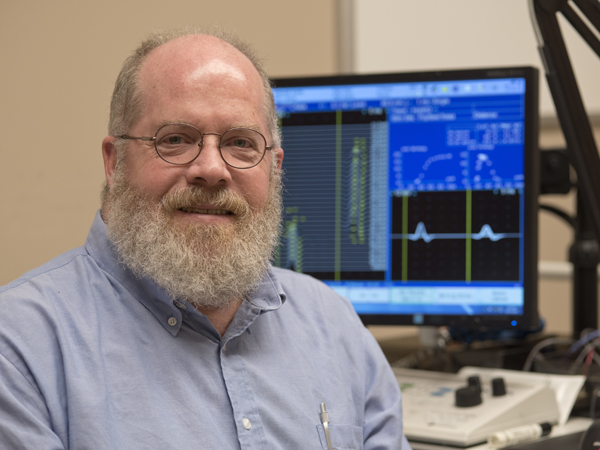|
The nervous system is an intricate electrical system, much like a computer. It recalls information, performs calculations on the fly and solves the most complex of problems. “The nervous system is what allows humans to juggle while riding a unicycle, to envision the ceiling of the Sistine Chapel and contemplate the theory of general relativity,” said Dr. Keith Tansey, professor of neurosurgery and neurobiology and anatomical sciences. When damaged, the system can go haywire. “After a spinal cord injury, a patient loses control of movements, but gains muscle spasms. They lose sensation, but gain neuropathic pain,” he said. Because the nervous system connects to and controls the rest of the body, understanding and caring for this integral system requires an integrated approach. That is the basis of UMMC's new Neuroscience Institute, NSCI for short.
|











